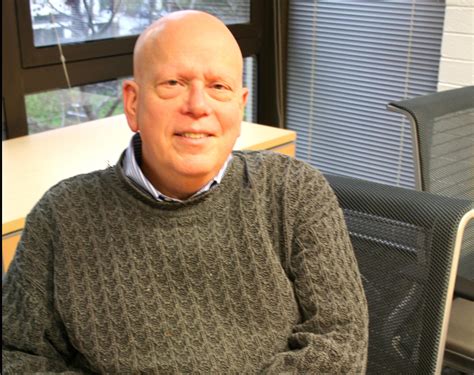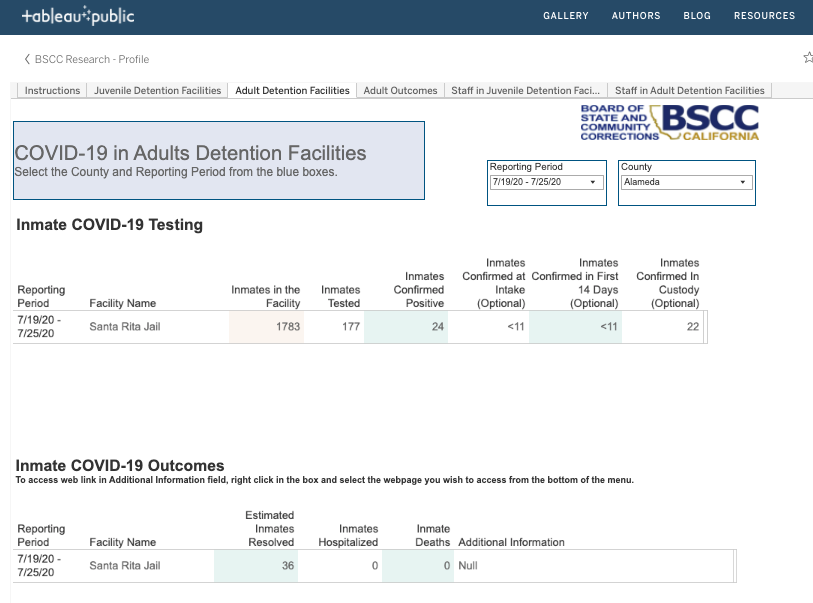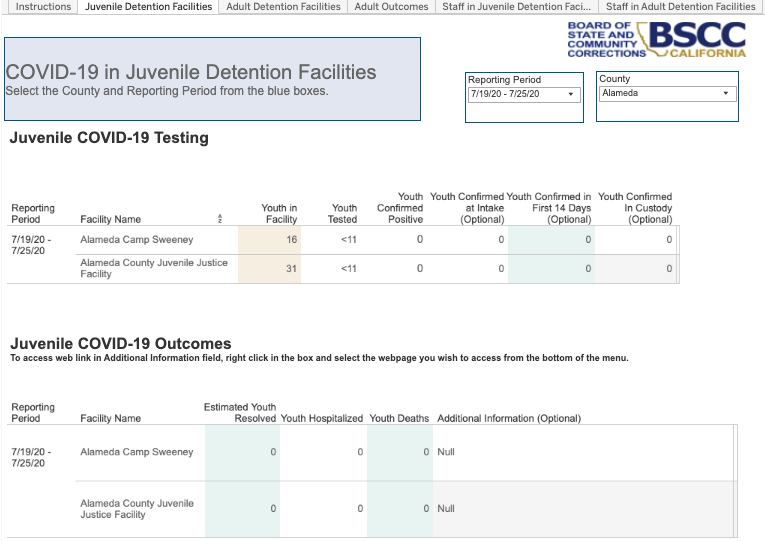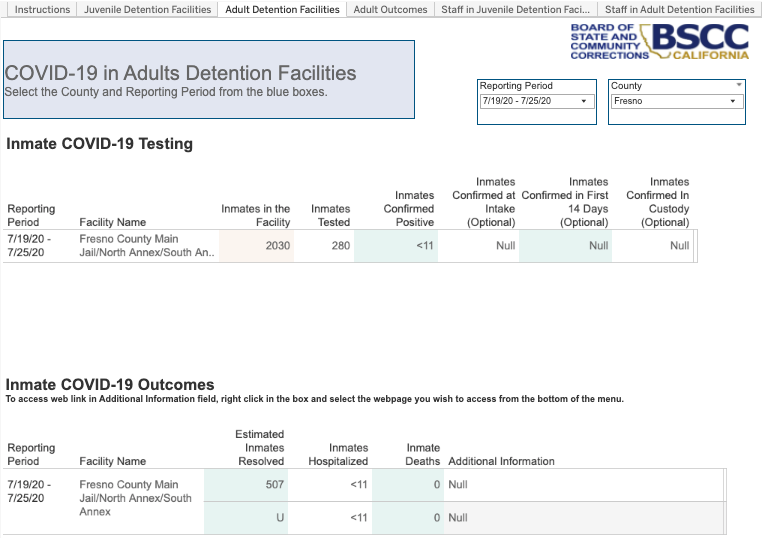eulogy prepared for a memorial panel at the American Society of Criminology 2024 Annual Meeting
In 2009, when we held our first California Correctional Crisis conference shortly after the order to reduce the prison population, we hosted a panel about the incarceration of special populations. One of the panelists was a California legislator who said, “we have to get rid of solitary confinement for juveniles.” Sitting in the audience, I was struck by lightning, and I could see that many audience members were as well: we have solitary confinement for juveniles? Even after years in the field, it felt as if under every stone was a fresh, undiscovered horror, that would take a litfime to repair.
You know who was not surprised? Barry Krisberg. Barry straddled numerous divides at that conference, between academics, activists, policymakers, and impacted people, speaking to all of these constituencies with the same ease, expertise, passion, and mastery. Those qualities characterized his advocacy work as well as his writing, which has so often shaped and supported my own education and views on criminal justice topics.
Even though Barry’s work encompassed a wide variety of issues, he is perhaps best known for his work on juvenile punishment. Rereading it for this panel, which I regrettably cannot attend in person because of an unforeseen conflict, I was struck by the multitudes it contains. These can be classified into three apparent tensions that dissolve as one understand the magnitude and impact of Barry’s work.
Tension no. 1: Be in the Same Storm but Not in the Same Boat
This sentence, which we heard ad nauseam during the pandemic, is a great descriptor for Barry’s work. He had a clear understanding of the entire carceral giant as a locus of corruption, futility, and cruelty, but also understood that different populations experienced carcerality in different ways. In particular, Barry was able to see the special harms and indignities suffered by incarcerated women and children and ground those in empirical research about these populations’ unique backgrounds and needs.
It is often said that California has not one criminal justice apparatus, but dozens. Barry’s encyclopedic familiarity with the adult and juvenile facilities of the Golden State was such that he could rattle, from memory, what a particular facility under the care of a particular sheriff was like. Every child’s experience of being locked up was different, and Barry understood that better than anyone making generalizations.
Tension No. 2: See the Forest and the Trees
This relates to a second tension in Barry’s work. It is very common among punishment scholars–indeed, probably many people in the room–to launch broad, vague tirades against the carceral state. I say this with love, because many of the tirades are justified and grounded in truth. Barry could rail against these along with the best of us. But his bird’s-eye view of the process did not cloud his eyes from having granular expertise with particular carceral settings, which he honed through hundreds of hours of speaking with youth at California’s Youth Authority (CYA). For decades, Barry devoted himself to reforms in these facilities, developing his vast, unmatched expertise not only about the geographic but also about the historical dimensions of juvenile incarceration. He saw, with his own eyes, filthy and dilapidated cells. He saw cells in which kids were chained to the walls with rings. He saw and heard of horrific violence and fear allowed to flourish in these facilities through the neglect of the staff. These were not abstractions to him; they were specific, carefully documented scenarios, that Barry used effectively when negotiating policy changes and when partnering with the Prison Law Office to sue some of these places. Which brings us to a third tension in Barry’s work.
Tension no. 3. Stay Angry But Be Useful
I’ve been doing this work for close to three decades now, and I see trends that worry me. For one thing, I see some folks who are happy to reap the prestige and accolades of fancy, armchair radicalism without getting dirty in the trenches and actually engage with the people they publish and lecture about. For another, I see some folks who become so consumed with anger and frustration about what they see and experience that they cannot be useful. Sometimes I think of these problems as short-term versus long-term battles: folks who understandably want and expect the demise of the “carceral state,” whatever that even is, and who rail against what they call “non-reform reforms,” forget the small but important relief that they can offer one child today, or worse, think that it comes at the expense of liberation for all children tomorrow. Barry was the rare person whose anger at the large-scale evils of the entire enterprise was always palpable not only in his words, but also in his tone of voice: he stayed steadfast in his belief that kids should never be put under lock and key. But at the same time, he deftly fueled his anger into useful, productive avenues. He was well known in all of California’s counties for his careful documentation of conditions at CYA as a member of the expert team appointed by the court’s consent decree, a role he performed for more than a decade. His contribution to the final closure of these horrific institutions in 2020 was significant, and he was also an architect of the Close to Home program that brought many suffering, justice-impacted youth close to their families.
In Swahili culture, I’m told, people who are no longer with us fall into two categories: the sasha and the zamani. The dead who are remembered among the living are the sasha. Once the last person who knew or remembered you is gone, you pass into the realm of the zamani. Barry’s work lives through the commitment and action of the many people he inspired. Anyone who takes the trouble to go into the field and speak directly with the people who suffer keeps Barry’s legacy alive. Anyone who can speak not only the language of academic umbrage, but also of bureaucratic reform, keeps Barry’s legacy alive. Anyone who steps up when courts finally intervene and helps with the long process of righting an established wrong keeps Barry’s legacy alive. Anyone who finds out, through research, something they cannot countenance and follow up with a phone call or an email keeps Barry’s legacy alive. Anyone who cares enough to see the small details that comprise the big picture keeps Barry’s legacy alive. And what is remembered, lives.





